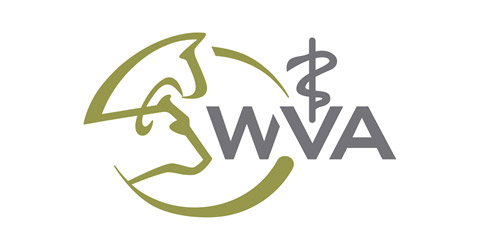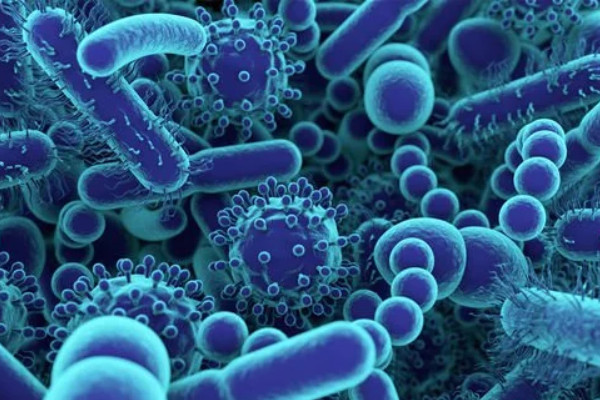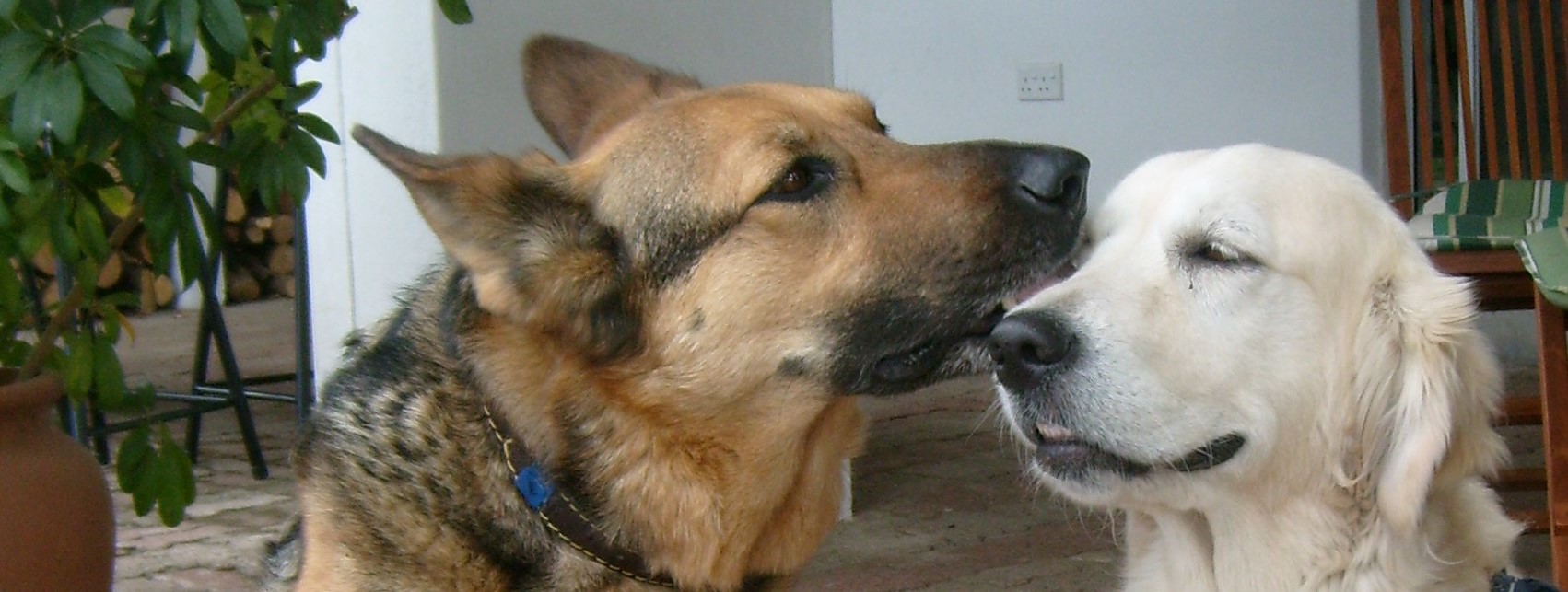
COVID 19
Last updated : 9 June 2020
Coronaviruses (CoV) are a family of RNA (ribonucleic acid) viruses. They are called coronaviruses because the virus particle exhibits a characteristic ‘corona’ (crown) of spike proteins around its lipid envelope. CoV infections are common in animals and humans. Some strains of CoV are zoonotic, meaning they can be transmitted between animals and humans, but many strains are not zoonotic.
In humans, CoV can cause illness ranging from the common cold to more severe diseases such as Middle East Respiratory Syndrome (caused by MERS-CoV), and Severe Acute Respiratory Syndrome (caused by SARS-CoV). Detailed investigations have demonstrated that SARS-CoV was transmitted from civets to humans, and MERS-CoV from dromedary camels to humans.
In December 2019, human cases of pneumonia of unknown origin were reported in Wuhan City, Hubei Province of China (People’s Rep. of). A new CoV was identified as the causative agent by Chinese Authorities. Since then, human cases have been reported by almost all countries around the world and the COVID-19 event has been declared by the World Health Organization (WHO) to be a pandemic. For up to date information please consult the WHO website.
The CoV which causes COVID-19 has been named as SARS-CoV-2 by the International Committee on Taxonomy of Viruses (ICTV); this is the scientific name. The virus may also be referred to as “the COVID-19 virus” or “the virus responsible for COVID-19”. COVID19 refers to the disease caused by the virus.
The current pandemic is being sustained through human to human transmission of SARS-CoV-2.
Current evidence suggests that SARS-CoV-2 emerged from an animal source. Genetic sequence
data reveals that SARS-CoV-2 is a close relative of other CoV found circulating in Rhinolophus
bat (Horseshoe Bat) populations. However, to date, there is not enough scientific evidence to
identify the source of SARS-CoV-2 or to explain the original route of transmission to humans
(which may have involved an intermediate host).
Investigations are needed to find the source, to determine how the virus entered the human
population, and to establish the potential role of animals in this disease.
Priorities for research to investigate the animal source were discussed by the OIE ad hoc Group
on COVID-19 at the Human-Animal Interface, and were presented at the WHO Global Research
and Innovation Forum (11-12 February 2020) by the President of the OIE Wildlife Working
Group. For more information on the OIE ad hoc Group on COVID-19 at the Human-Animal
interface and the WHO R&D roadmap please see the links under ‘Outputs of expert meetings’ at
the bottom of this page.
Now that SARS-CoV-2 infections are widely distributed in the human population, there is a
possibility for certain animal species to become infected through close contact with infected
humans. Infection of animals with SARS-CoV-2 may have implications for animal and human
health, animal welfare, for wildlife conservation, and for biomedical research.
Cats (domestic and large cats), mink, and dogs have tested positive for SARS-CoV-2 in the field
setting, following contact with humans known or suspected to be infected with SARS-CoV-2. In
the field setting cats have shown clinical signs of disease including respiratory and gastrointestinal signs. SARS-CoV-2 infection in farmed mink has been characterised by respiratory
disease and an increased mortality rate.
Although several animal species have been infected with SARS-CoV-2, these infections are not
a driver of the COVID-19 pandemic; the pandemic is driven by human to human transmission.
Further information about these events, which have reported to the OIE, can be found below in
the ‘Findings in Animals’ section.
Studies are underway to better understand the susceptibility of different animal species to SARSCoV-2 and to assess infection dynamics in susceptible animal species. To date, findings from
experimental infection studies suggest that poultry and pigs are not susceptible to SARS-CoV-2
infection.
Findings from laboratory studies suggest that, of the animal species investigated so far, cats are
the most susceptible species for SARS-CoV-2, and cats can be affected with clinical disease. In
an experimental laboratory setting cats were able to transmit infection to other cats. In the
laboratory setting ferrets were susceptible to infection and able to transmit infection to other
ferrets, although they appear to be less affected by clinical disease. Ferrets might serve as a useful
model for future studies e.g. to evaluate vaccines or therapeutics. Golden Syrian hamsters, as well
as cynomolgus and rhesus macaques can be consistently infected with SARS-CoV-2 and may
show clinical signs. Dogs appear to be susceptible to infection but appear to be less affected than
ferrets or cats. Egyptian fruit bats were also infected in the laboratory setting but did not show
signs of disease. The infected fruit bats were able to transmit infection to other fruit bats.
There is no evidence that companion animals are playing an epidemiological role in the spread of
human infections with SARS-CoV-2. However, reports from infected mink farms suggest that in
these environments there is the possibility for transmission of SARS-CoV-2 from mink to humans
following infection of these animals.
Because animals and people can both be affected by this zoonotic virus, it is recommended that
people who are suspected or confirmed to be infected with SARS-CoV-2 limit contact with
animals.
When handling and caring for animals, basic hygiene measures should always be implemented.
This includes hand washing before and after being around or handling animals, their food, or
supplies, as well as avoiding kissing, being licked by animals, or sharing food.
People who are suspected or confirmed to be infected with SARS-CoV-2 should minimise close
direct contact with animals, including farm animals, zoo animals, other captive animals, and
wildlife; particularly species which have demonstrated to be susceptible to infection with SARSCoV-2. As good practice, appropriate and effective biosecurity measures should always be applied
when people have contact with groups of animals e.g. on farms, at zoos, and in animal shelters.
People who are infected with SARS-CoV-2 should avoid close contact with their companion
animals and have another member of their household care for them. If they must look after their
companion animals, they should maintain good hygiene practices and wear a face mask if
possible. Animals belonging to owners infected with SARS-CoV-2 should be kept indoors in line
with similar lockdown recommendations for humans applicable in the country or area and contact
with those animals should be avoided as much as possible.
Considering recent reports from the Netherlands, risk-based measures should be considered on
mink farms to avoid the introduction of SARS-CoV-2 infection to the animals, to reduce the risk
of subsequent spread between animals and to humans, and to reduce the risk of an animal reservoir
being established.
There is no justification in taking measures directed at companion animals which may
compromise their welfare.
Public Health and Veterinary Services should work together using a One Health approach to share
information and conduct a risk assessment when a person who is infected with SARS-CoV-2
reports being in contact with companion or other animals.
If a decision is made, as a result of a risk assessment, to test a companion animal which has had
close contact with a person/owner infected with SARS-CoV-2, it is recommended that RT-PCR
be used to test oral, nasal and/or fecal/rectal samples. Care should be taken to avoid contamination
of specimens from the environment or by humans.
Animals that test positive for SARS-CoV-2 should be kept away from unexposed susceptible
animals and contact with those animals should be avoided.
Although there is uncertainty about the origin of SARS-CoV-2, in accordance with advice offered
by the WHO, as a general precaution when visiting markets selling live and/or raw animals or
animal products, general hygiene measures should be applied. These include regular hand washing
with soap and potable water after touching animals and animal products, as well as avoiding
touching eyes, nose or mouth, and avoiding contact with sick animals or spoiled animal products.
Any contact with other animals present in the market (e.g., stray cats and dogs, rodents, birds,
bats) should be avoided. Precaution should be taken to avoid contact with animal waste or fluids
on the soil or surfaces of shops and market facilities
Standard recommendations issued by WHO to prevent spread of the infection amongst humans
include regular hand washing, covering mouth and nose with the elbow when coughing and
sneezing and avoiding close contact with any person showing symptoms of respiratory illness
such as coughing and sneezing. As per general good food hygiene practices, raw meat, milk or
animal organs should be handled with care, to avoid potential cross-contamination with uncooked
foods. Meat from healthy livestock that is prepared and served in accordance with good hygiene
and food safety principles remains safe to eat. Further recommendations from WHO can be consulted here.
The Codex Alimentarius Commission has adopted several practical guidelines on how to apply and implement best practices to ensure food hygiene (Codex General Principles of Food Hygiene, CXC 1- 1969), handle meats (Codex Code of Hygienic Practice for Meat, CXC 58 – 2005), and control viruses in foods (Guidelines for the Application of General Principles of Food Hygiene to the Control of Viruses in Food (CAC/GL 79-2012) and others which can be consulted on the Codex website.
OIE is actively monitoring SARS-CoV-2 infections in animals, research, and risk analyses with
an animal focus, and analysing implications for safe trade in animals and animal products. Based
on currently available information, and with the support of expert advisory groups, the OIE does
not recommend that any COVID-19 related sanitary measures be applied to the international
movement of live animals or animal products without a justifying risk analysis. Evidence-based
risk management principles should be applied to international movement of live animals and
products from species in animal species demonstrated to be susceptible to infection with SARSCoV-2. Evaluation and implementation of risk management for safe trade should follow the
principles laid out in Section 2 (Risk Analysis), Section 4 (Disease Prevention and Control) and
Section 5 (Trade Measures, Import/Export Procedures and Veterinary/Health Certification) of the
Terrestrial Animal Health Code. Precautions for packaging materials are unnecessary over and
above the observation of basic hygiene, such as ensuring it is clean and free of visible
contamination. The report of the OIE ad hoc Group on COVID-19 and Safe Trade in Animals and
Animal Products can be consulted here, and the OIE Considerations on the application of sanitary measures for international trade related to COVID-19 can be found here and at the “Guidance” section of the document.
The infection of animals with COVID-19 virus meets the criteria of an emerging disease.
Therefore, any [case of] infection of animals with SARS-CoV-2 should be reported to the OIE in
accordance with the OIE Terrestrial Animal Health Code and include information about the
species, diagnostic tests, and relevant epidemiological information.
It is important for Veterinary Authorities to remain informed and maintain close liaison with
public health authorities and those responsible for wildlife, to ensure coherent and appropriate
risk communication messages and risk management under a One Health approach
It is important that COVID-19 does not lead to inappropriate measures being directed at domestic
or wild animals which might compromise their welfare and health or have a negative impact on
biodiversity.
In some countries, National Veterinary Services are supporting core functions of the public health
response, such as screening and testing of surveillance and diagnostic samples from humans.
Veterinary clinics in some countries are also supporting the public health response by donating
essential materials such as personal protective equipment and ventilators.
Guidance on Veterinary Laboratory Support to the Public Health Response for COVID-19 is
available at the bottom of this document.
The OIE considers Veterinary Services as essential services. Veterinary Authorities can advocate
for this within national COVID-19 response plans and operations, to ensure activities related to
animal health, animal welfare and veterinary public health risk management continue, under
appropriate hygiene protocols, to safeguard the ongoing production of the many and varied goods
derived from animals, animal products and animal by-products upon which our societies depend.
Paris
The OIE is in contact with its Regional Representations and Sub Regional Representations, OIE Delegates of Member Countries, the OIE Wildlife Working Group, as well as FAO and WHO, to gather and share the latest available information. The OIE is closely liaising with its network of experts involved in current investigations on the source of the disease. Rumours and unofficial information are also monitored daily.
The OIE has mobilized several technical working groups (‘ad hoc groups’) to provide scientific
advice on research priorities, on-going research, and other implications of COVID-19 for animal
health and veterinary public health, including risk assessment, risk management, and risk
communication. The OIE has also developed high level guidance for veterinary laboratories
working with public health services to support testing of human samples for SARS-CoV-2.
The OIE has put in place an Incident Coordination System to coordinate these activities.
Given the similarities between COVID-19 and the emergence of other zoonotic diseases at the
human animal interface, the OIE is working with its Wildlife Working Group and other partners
to develop a longer term work programme which aims to better understand the dynamics and risks
around wildlife trade and consumption, with a view to developing strategies to reduce the risk of
future disease spillover events.
The OIE ad hoc Group on COVID-19 at the animal-human interface has been keeping the OIE updated on investigations into the potential role of animals and other matters of relevance. For the minutes of the consultations with the group please see:
OIE Member Countries have been keeping the OIE updated on any investigations or outcomes of investigations in animals:



